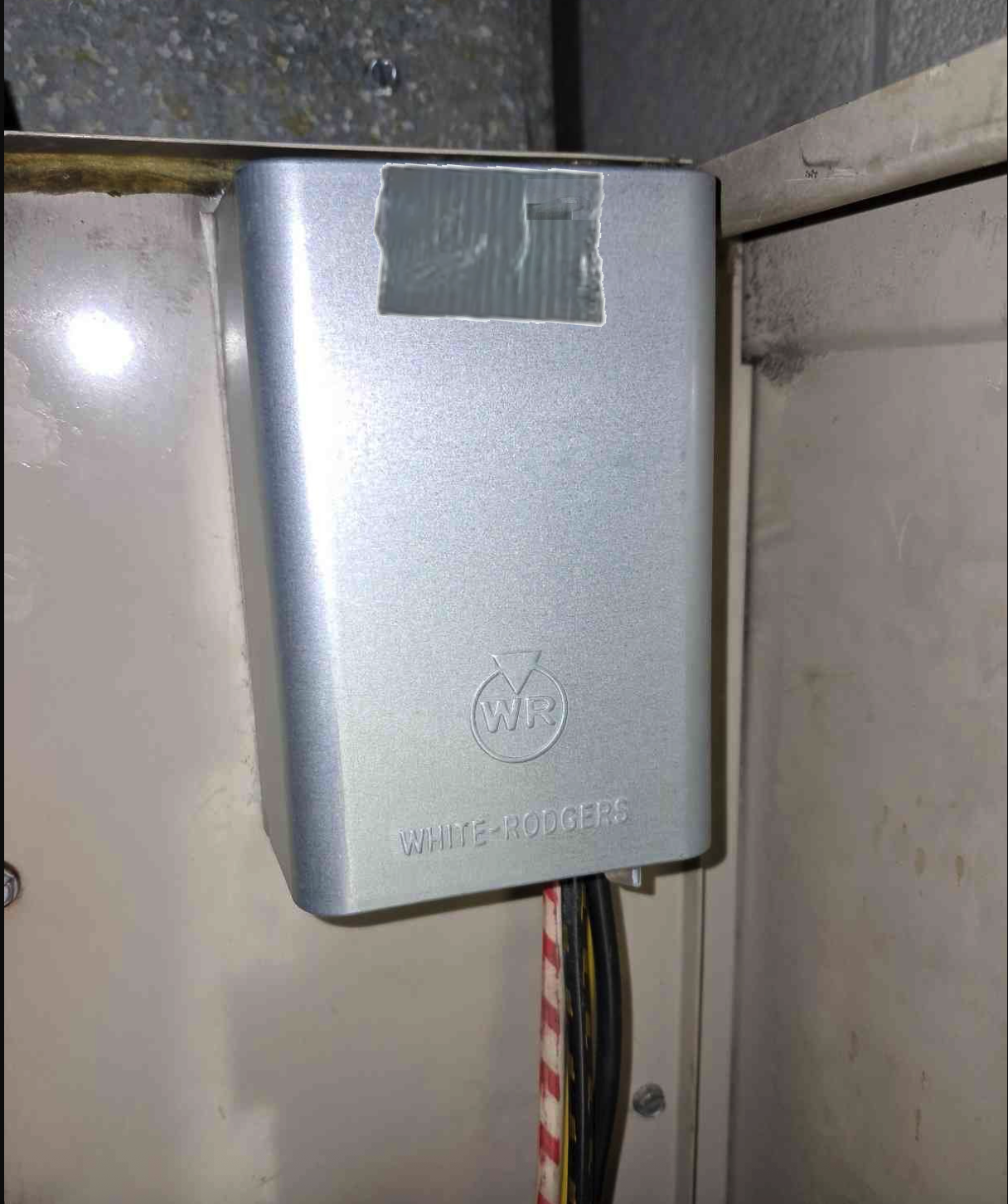Best Of
Re: Boiler Header Manifold
US made black fittings would be my first choice if it were mine. Copper would be my second. Leave a capped tee on the end and space to add more zones if needed. A caleffi hydraulic separator makes a nice job for air and dirt separation with hydraulic separation. I'd rather see fittings and zone/isolation/balancing valves and flow meters as separate parts vs an engineered manifold with proprietary parts that might disappear.
Re: Boiler Header Manifold
Just trying to do a professional job that's all. Customer is paying six figures for a boiler room and I think he wants a six figure professional job in return.
And I'm not hiding it with insulation lol. The old Weil McLain 1086 supplied all the heat for the basement by just sitting.
Re: Confused by basement runs in school 2 pipe system
@mattmia2 Its normal to have a balancing cock on the feedwater pump discharge to:
Keep the motor from overloading. The feed pump will pump more water with the boiler at 0 pressure than it will at say 10psi so the balancing valve needs to be adjusted for that.
Also it should be adjusted to keep the pump on for a decent time and not shortcycle on and off with the pump control.
One of the most popular valve for feed water control are the Belimo valve (although you can uses any motorized valve) 120 volt is typically used.
The pump control on the boiler (usually a McDonnell Miller #150) makes contact on a boiler water level drop and opens the feed water valve. When the valve is partially open the end switch on the feed water valve closes to start the feed water pump.
The feed valve can either spring return to a closed position or be driven closed SPDT
Re: Old fridge
I actually installed two of these back in the 90s. Funny story about that but for another day.
Re: dealing with twists in the pex , not staple up. I have Omega extrusions now. YAY!
I put up those thin flashing typew with Staples and screws and all it did was make pinch points and everything else an air gap. I ended up solving it by cutting furring strips to short length to sandwich to the subfloor, also helps prevent downward loss.
Re: Old fridge
Domestic mechanical systems, at least mass produced systems, never used ammonia. Absorption systems use ammonia which were used a few domestic systems, especially ones designed to run off of kerosene or propane in areas without electricity although there were a few gas or electric systems marketed for general use. Absorption refrigerators are still common in RVs where they can run off of both propane or electricity depending on what is available. Many large commercial systems used ammonia.
An off-topic waste of your time (but amusing)....
So lately, I've been watching some videos by the Middle Aged Dad Jam Band - just a bunch of folks - led by David Wain - jamming in David's garage. Anyway, somehow the YouTubes algorithm pointed me toward this - a video by David Wain (with some of his now famous friends as kids) from 1992. It's about a kid from a plumbing family/school who wants to be an electrician. If you've got 20 minutes to kill, give it a watch. I suspect that some of the terminology isn't correct, but I pictured some of you in High School…
Have a good Memorial Day weekend!
Re: White-Rodgers 5D51-78 Fan Control - SOLVED
might also talk to who you bought it from, if it is a real supply house they should be able to get to their wr rep about it.
Re: White-Rodgers 5D51-78 Fan Control - SOLVED
Do I really need to say it?
It should be next to the WD40 in the toolbox
Re: White-Rodgers 5D51-78 Fan Control - SOLVED
or just do something to make the plastic rivet tighter.

